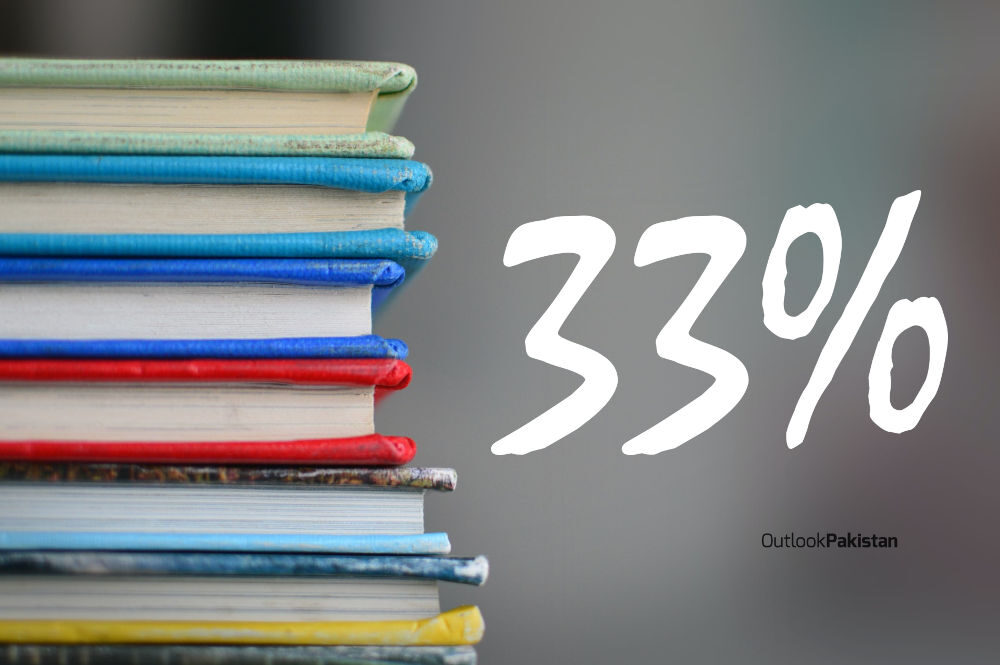Ever wondered why someone fixed 33% as the passing marks for matriculation and intermediate?
Students, all their lives, question ‘the fact’ that who made the threshold and why only 33%? Why not 32, 35, or even 40%?
The question remains unanswered throughout our student life and why? Because nobody seems to care to answer it or we just want to follow the tradition.
Outlook Pakistan has dug it up for you, and this is how it goes.
The 33% passing mark standard is applicable in Pakistan, India, Bangladesh, and other countries. The history of it as a standard, exam, or certificate to enter the university goes back to more than 100 years.
Some of the countries have changed this particular title, but many still follow.
One of the theories that tell us how 33% as the standard of passing in the metric and secondary exams started cites one of the Kothari Commission reports about the education system and history in the sub-continent.
The report tells that the matriculation started in Sub-continent in 1858 – a year after the great war of 1857. And in order to access the grades of candidates, the then British administration set 32.5%, half of 65% applicable in Britain then, as the passing out percentage which was later changed to 33% after two years.
Why were 33% passing marks set?
According to an unconfirmed theory, Britain thought the people of sub-continents were half the intelligent as they were; therefore, they fixed a percentage that was half of what was in practice in their country.
And to make the calculation process simple, they changed it to 33%.
Today, no one would like to confirm this derogatory reason Britain used then. However, one of the more convincing reasons could have been to encourage people to attempt and pass the exam.
33% was considered a much-relaxed percentage for an average Indian who was new to the modern education system the East India Company implemented in the sub-continent.
In many countries today where the education level is still below average, governments keep the passing marks hovering around 33 to 40%.
Still, in Pakistan, the secondary and intermediate boards follow this rule. Even it is the case with BA/BSC and Masters in several universities. Many universities in Pakistan, such as UET, COMSATS, etc., have bumped up the admission percentage to candidates having 60% or above numbers in intermediate.
Whatever the reason may have been to fix this criterion, the 33% passing threshold for Pakistan is in no way globally competitive. The parallel examination system of ‘O’ level finds 35 – 40% as barely acceptable, marginally above the “fail”.


Thanks you ,
Please provid verifiable references to the 32.5 numbers claim. Thanks